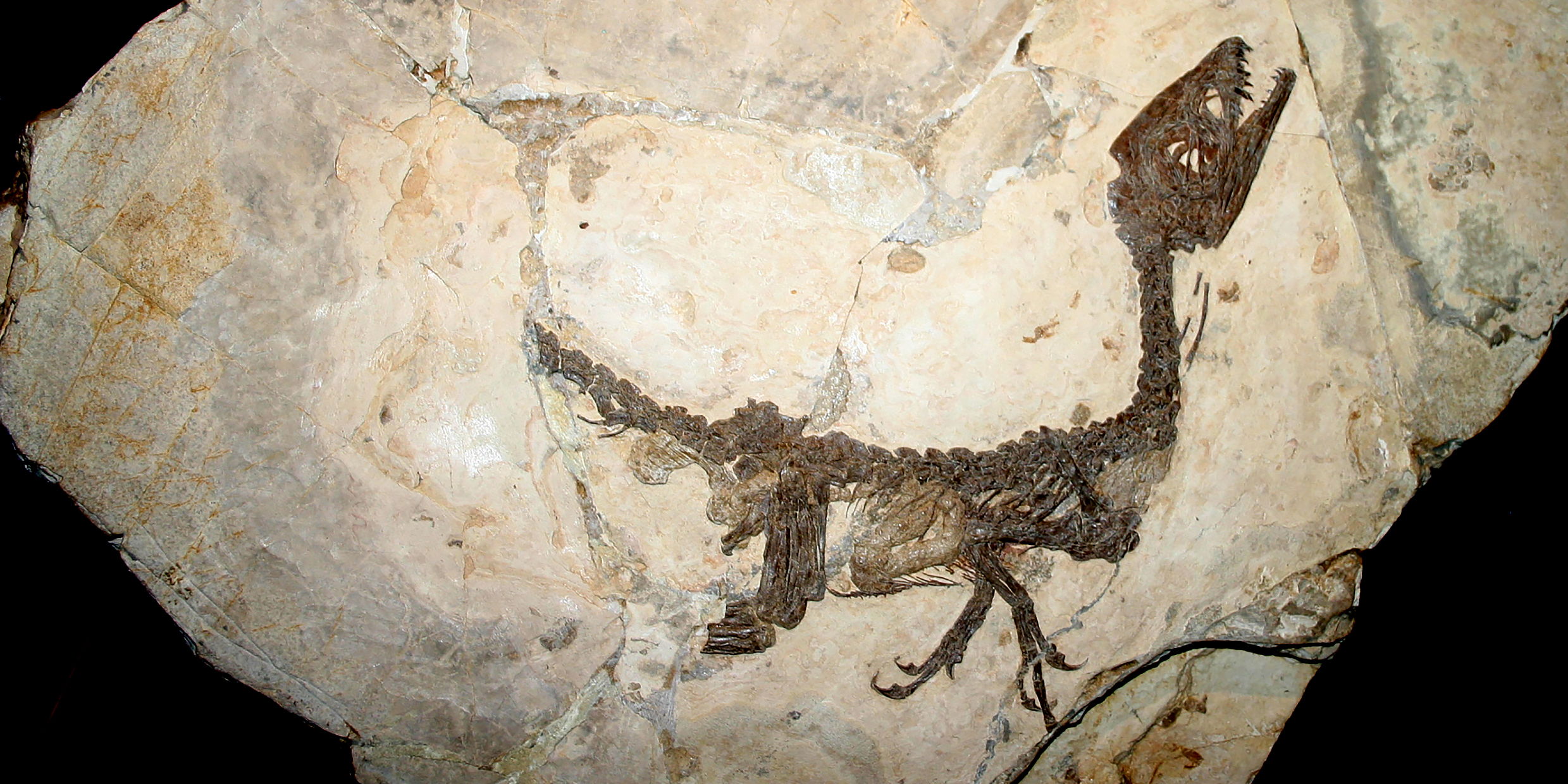Originally published 27 April 1998
“You darkness, that I come from, I love you more than all the fires that fence in the world,” wrote the poet Ranier Maria Rilke.
Life has arisen out of a dark abyss of time. We see the flame that burns around us: birds, insects, grasses, and flowering plants — tens of millions of species of living things, miracles one and all, animating the world with heat and beauty.
We are in it up to our necks. A zillion bacteria inhabit our guts. Mites creep in the forests of our eyelids. Viruses swim in our blood. We depend utterly upon plants to capture the energy we get from the sun. An uncountable number of creatures that live in the sea maintain the air we breathe.
But what of the darkness that we came from? The four billion years of hidden history: the patient crafting of complexity, the long unfolding of diversity? Every cell of our bodies remembers the eons; we are related to every organism on Earth by common descent.
We split open sedimentary rocks along their seams and spill fossils into the light after millions, or billions, of years of darkness. Like hieroglyphics on the walls of a newly opened Egyptian tomb, the fossils are a record of our past.
The record is more detailed than many people realize.
Certain dragonfly fossils from Jurassic limestone show every vein of the finely netted wings. Two hundred million year-old plants reveal fine structure of every leaf and stem. Fish swim in Eocene sandstone as if they were alive.
But the record of the fossils is inevitably spotty. The crust of the Earth is like a great encyclopedia of which only a few pages have been opened. We can only guess what wonderful messages from the past remain to be found.
Several recent discoveries give some hint of what might be in store.
Italian paleontologists Cristiano Dal Sasso and Marco Signore recently described a juvenile theropod dinosaur found in limestone deposits of the Cretaceous period in southern Italy that shows exceptional preservation of soft tissue: muscles, gut, possibly traces of liver.
We know dinosaurs mostly from their bones. Soft tissue is preserved and fossilized only in the unusual circumstance when a creature is buried quickly in fine-grained sediments under low-oxygen conditions that prevent decay. The Italian dinosaur apparently expired in a shallow lagoon, and was soon covered with a fine-grained anaerobic mud. Now, we see the young dinosaur in wonderfully detailed photographs in the March 26 [1998] issue of the journal Nature, freed from its dark prison 113 million years after its death — every tooth, claw, and tiny bone available for our inspection, with, remarkably, muscles and internal organs.
Earlier this year, two groups of Chinese and American paleontologists reported microscopic animal embryos from 570 million year-old phosphate deposits of southern China. These beautifully preserved three-dimensional fossils show what appear to be fertilized eggs in the earliest stages of cell division.
The Chinese fossils predate the so-called “Cambrian Explosion,” about 550 million years ago, when suddenly (in geologic time) a profusion of macroscopic animals appear in the fossil record — sponges, jellyfish, brachiopods, trilobites, and a host of other creatures.
In the February 5 [1998] issue of Nature, Shuhai Xiao, Yun Zhang and Andrew Knoll of Beijing and Harvard Universities line up photographs of the purported embryos as if they were the successive fissioning of a single fertilized egg: one cell, two, four, eight, sixteen. It is almost as if we are watching the development of a living embryo under a microscope.
Each photograph is of a separate fossil, and the arrangement of the photographs on the page is a bit of a rhetorical flourish, but the impression is compelling that we have dropped in on the origin of multicellular animal life. The earliest moments of our own lives — the development of a multi-celled embryo from a single fertilized egg — is here anticipated in the Precambrian sea.
Many paleontologists were surprised that single cells or small groups of cells could be preserved with such fidelity. Just how fossilization takes place in phosphate-rich environments is not yet completely understood, but now that fossil-hunters know what to look for, we can anticipate a rush of new finds that will illuminate animal history deeper in the abyss of time.
“The past is continually erased, and the record of the most distant time survives only by a chain of minor miracles,” wrote the paleontologist Richard Fortey. Surely, the phosphate deposits of southern China are a kind of miracle, in the way they preserve with such finesse the soft, microscopic origins of animal life.
What other wonders await us in the unopened pages of sedimentary rocks? The recent fossil discoveries from Italy and China confirm our ignorance even as they throw light on our past. “One of the glories of the fossil record is that it continually surprises,” Fortey notes. We look into the dark abyss of time and are made humble in the face of what we do not know.
We should love the darkness as much as we love the light, for in the darkness resides the mystery of our origins.



